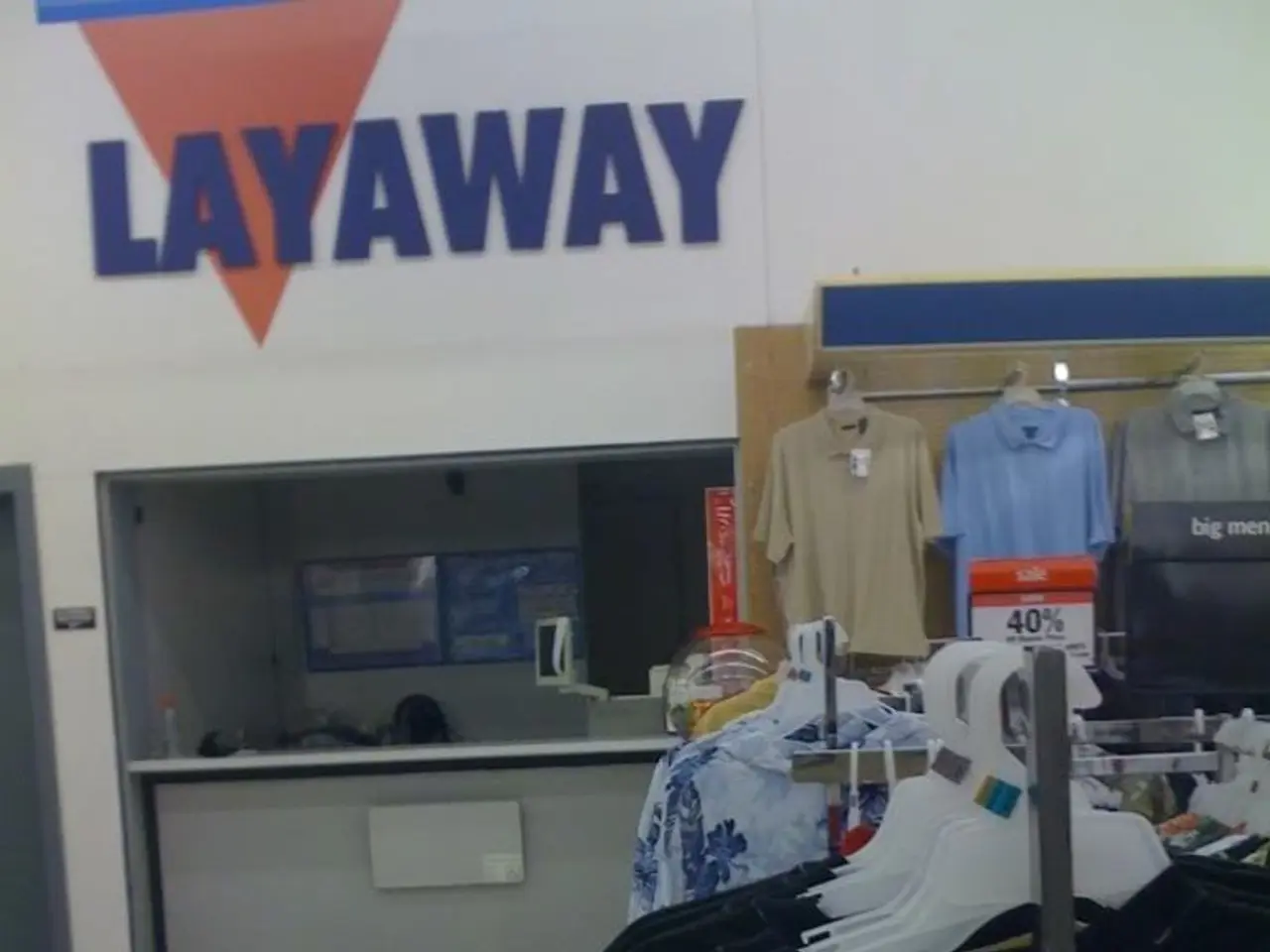Is it necessary for Stitch Fix to have brick-and-mortar stores?
Living in the Freestyle: Stitch Fix's bold move from the box game to e-commerce
In a shake-up that's turning heads, Stitch Fix has decided to give its popular apparel-box service a makeover. The revamped version, called "Freestyle," sheds the subscription-box model in favor of a more traditional e-commerce approach. This radical shift might seem like a departure from Stitch Fix's retail disruption roots, but the company sees it as a necessary step forward.
Some analysts echo this sentiment. Wedbush analysts, for instance, noted in a recent report that the move "makes sense." They explain that subscription customer churn has been high, and they welcome Stitch Fix's decision to break away from its differentiation. Meanwhile, William Blair analysts also see potential in Freestyle, with some believing it could be a game-changer, especially during the upcoming holiday season.
However, this transition may have a drawback. By taking a step back from the personal stylist experience, Stitch Fix could be weakening the very feature that sets it apart from traditional e-retailers.
The e-commerce dilemma: can't escape customer acquisition costs
As an apparel e-retailer, Stitch Fix's Freestyle isn't exempt from a common problem plaguing most online retailers—hefty customer acquisition costs. In recent years, competition has intensified online, forcing e-retailers like Wayfair, Chewy, and Casper to significantly ramp up their marketing efforts. Even before its shift to direct sales this year, Stitch Fix has faced these expenses.
In its early years, word-of-mouth kept these costs minimal. However, this advantage has eroded over time. Advertising expenses per net new customer have climbed steadily, reaching $350 pre-COVID. In the 12 months before the pandemic, advertising expenses reached 10% of sales, according to Wedbush.
In its most recent quarter, the company reported that advertising costs accounted for 6% of net revenue, a decrease of 340 basis points from its third quarter and 420 basis points year over year. This decrease is primarily due to scaling back on advertising during the period in anticipation of the launch of Freestyle, as well as the impact of the pandemic on marketing budgets.
The store solution: a cost-effective acquisition tool?
Stores, despite their complexities and high running costs, have proven to be powerful and cost-effective customer acquisition tools, even as e-commerce continues to dominate the retail landscape.
Physical stores provide a unique shopping experience that online platforms can't replicate, acting as both a gateway to the brand and a tool for effective storytelling. In fact, research suggests that nearly all brands, including Stitch Fix, could benefit from the strategic deployment of physical stores [2].
Stores have the ability to spark significant gains in online sales, with digital sales at Nike among customers who visited a store being 30% higher than among online-only customers [2].
Interestingly, Stitch Fix has traditionally resisted the idea of physical stores. In early 2021, speaking at the National Retail Federation's Big Show, the former COO Mike Smith noted that the company concluded that stores are "not for us" because customers prefer trying their stylist-chosen merchandise at home rather than in stores [2].
However, the pandemic has made leases more accessible, making physical stores a cost-effective acquisition channel for companies like Stitch Fix.
References:1. U.S. Securities and Exchange Commission, Stitch Fix Inc. 10-K for the fiscal year ended 2024, pages 67-68.2. Stephens, D. (2021). Resurrecting Retail: The Future of Business in a Post-Pandemic World. Penguin Random House.
- Stitch Fix's Freestyle, even with its innovative approach, faces a common challenge in the e-commerce industry – high customer acquisition costs, a problem shared by other online retailers like Wayfair, Chewy, and Casper.
- In the traditional retail industry, physical stores have proven to be not only a gateway to the brand but also a cost-effective customer acquisition tool, despite their complexities and high running costs.
- Research suggests that brands, including Stitch Fix, could benefit from the strategic deployment of physical stores, as digital sales at Nike among customers who visited a store are 30% higher than among online-only customers.
- Interestingly, Stitch Fix has traditionally resisted the idea of physical stores, but the pandemic has made leases more accessible, making physical stores a potential cost-effective acquisition channel for companies like Stitch Fix.
- Amidst this transition from subscription-box model to e-commerce and potential shifts in customer acquisition strategies, Stitch Fix's policy decisions, including the use of AI and research in the retail industry, could play a significant role in its success in the future financial markets.




